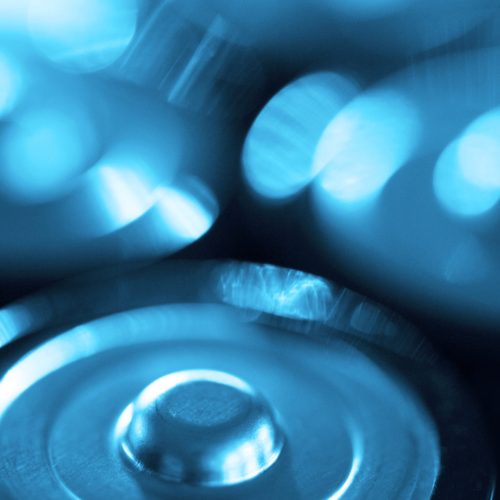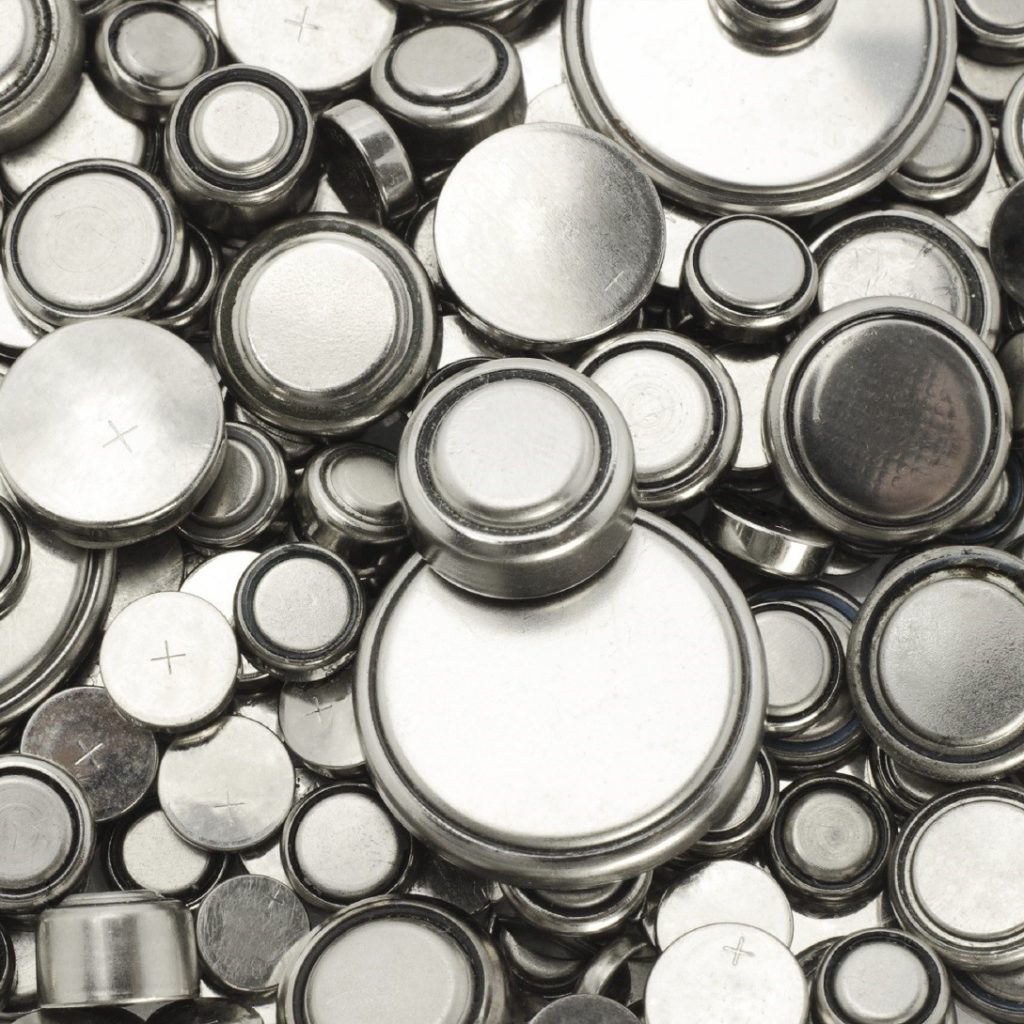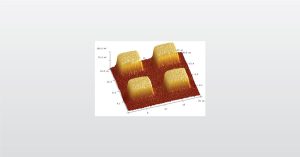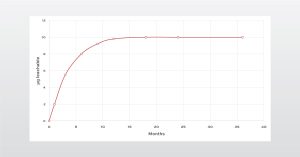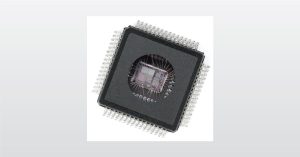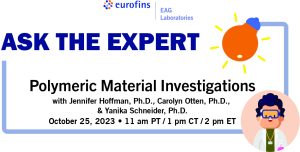
Ask the Expert: Polymeric Material Investigations
During this live Ask the Expert event, we will answer pre-submitted questions from our audience regarding characterization of polymeric materials used for product development, R&D, and failure analysis.
